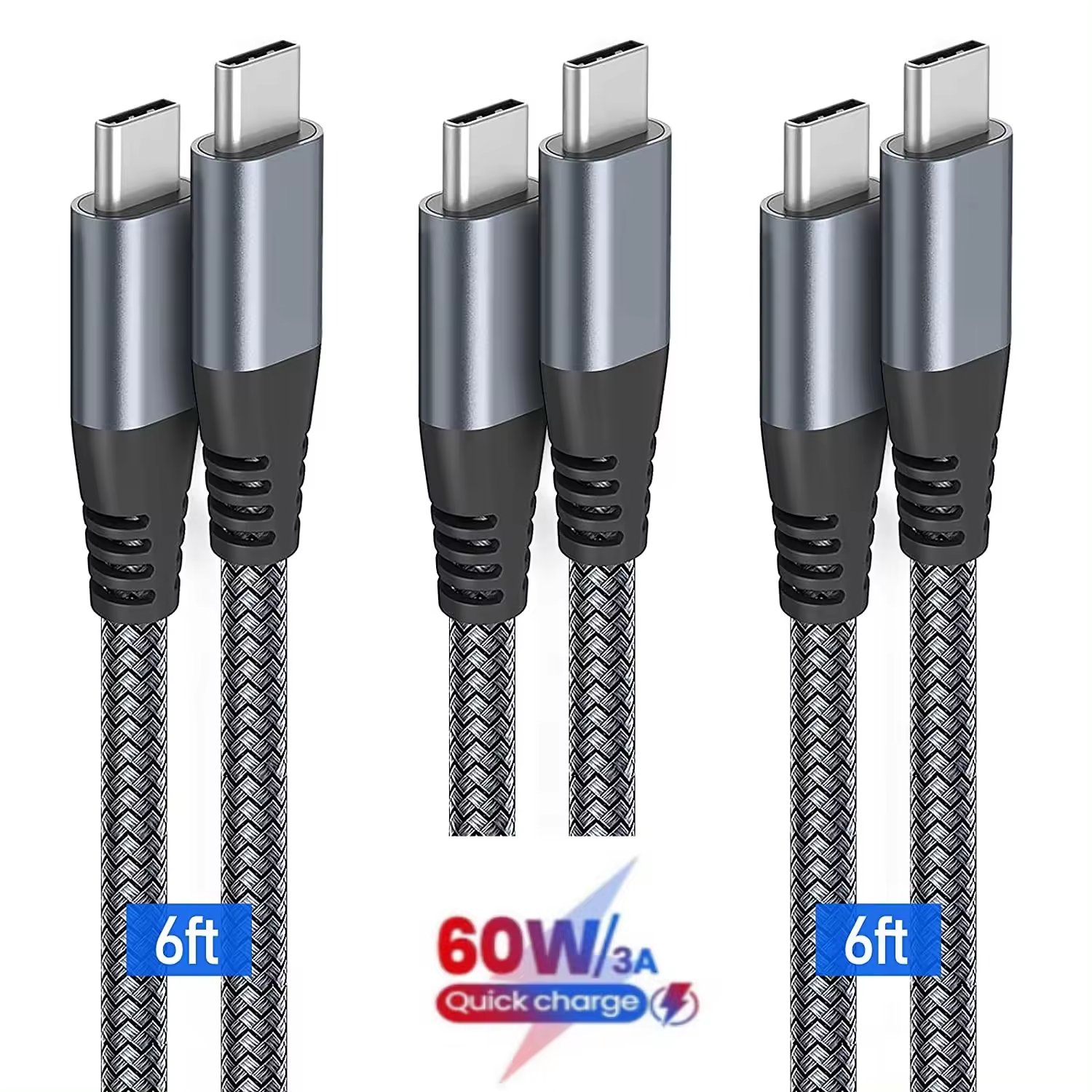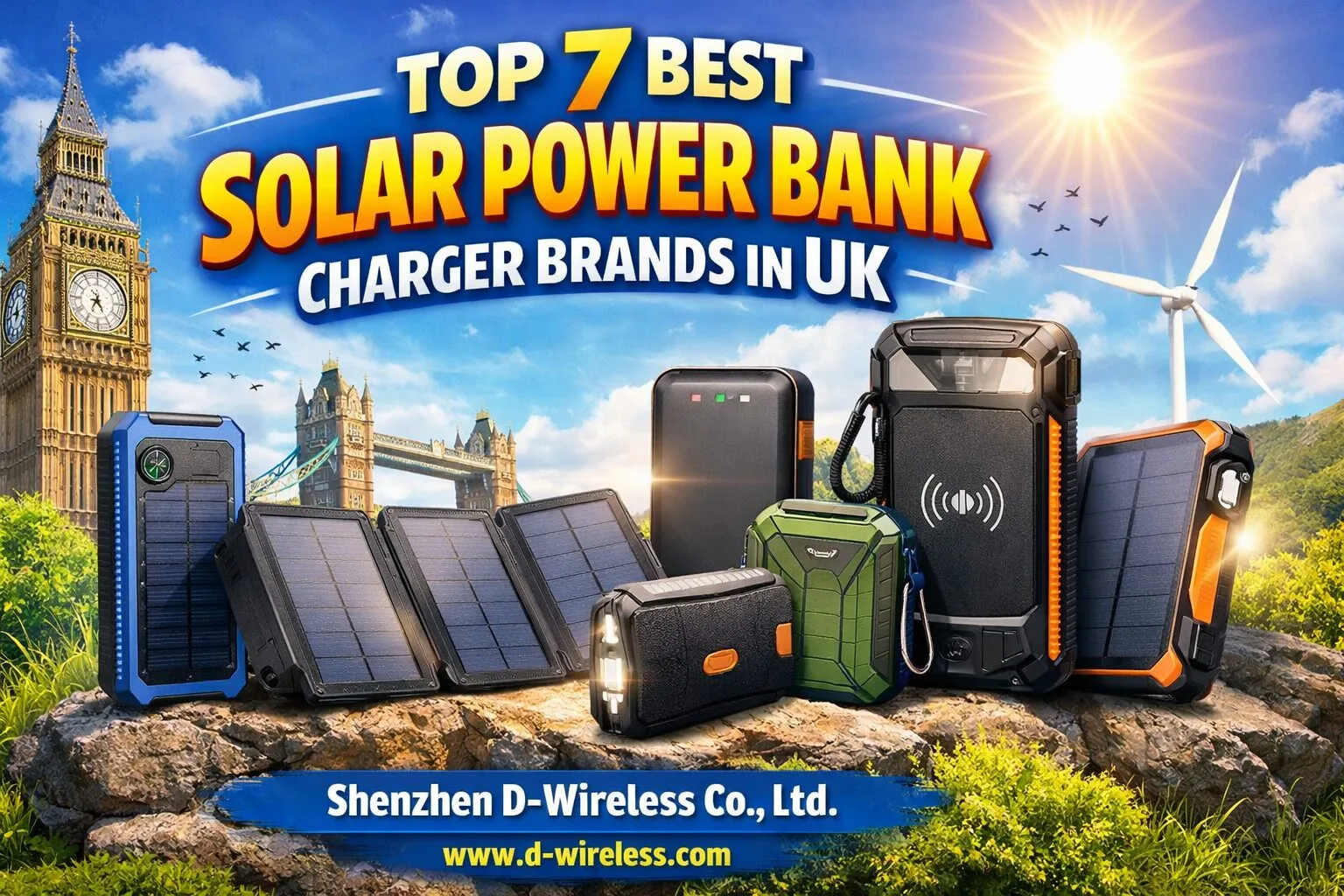In the modern era of technology, USB-C cables have become ubiquitous, serving as the backbone for charging and data transfer for a multitude of devices. From smartphones to laptops, the need for durable, efficient, and versatile cables is more pronounced than ever. This article delves into the nuances of selecting the perfect 3m USB-C cable, exploring the different types available, how cable length and material affect current flow, cost implications of higher quality materials, and offers practical advice for users to make informed decisions.
Types of USB-C Cables
- Standard USB-C Cables: These are the most common type of USB-C cables, used for charging and data transfer. They can support various protocols like USB 2.0, USB 3.0, USB 3.1, and USB 3.2, depending on the specification.
- USB-C to USB-C Cables: These cables are used to connect two USB-C devices. They’re commonly used for charging and transferring data between modern devices that feature USB-C ports.
- Thunderbolt 3 Cables: Thunderbolt 3 uses the USB-C connector but offers significantly higher performance, supporting data transfer rates up to 40 Gbps, power delivery up to 100W, and the ability to connect to Thunderbolt and USB devices, displays, and more. Thunderbolt 4 is the latest version, maintaining the same maximum speed as Thunderbolt 3 but adding improvements in capabilities and minimum performance requirements.
Impact of Length and Material on Current Flow
When it comes to choosing the right 3-meter (approximately 9.8 feet) USB-C cable, there are a couple of factors to consider, especially regarding cable length and electrical current capabilities. Here’s how these factors affect your choice:
Cable Length and Electrical Current
Increasing the length of a cable without increasing the thickness of the wire (gauge) can result in a smaller electrical current capability due to increased resistance. This might be fine for applications where high current isn’t necessary, but it can be a limitation for fast charging or powering high-demand devices.
Increasing Wire Gauge to Maintain Current
To maintain the electrical current capability over longer distances, manufacturers can increase the wire gauge (thickness of the copper wire inside the cable). This effectively reduces resistance over the length of the cable, allowing it to carry more current without significant losses. However, cables with a higher wire gauge are more expensive to produce due to the increased amount of copper used.
How to Choose the Right 3m USB-C Cable
- Purpose: Determine what you need the cable for. If you’re looking to charge a device or transfer data at standard speeds, a standard USB-C or USB-C to USB-C cable might suffice.
- Current Requirements: If you need the cable for fast charging or to power a device that requires a significant amount of power, look for a cable that’s specifically designed to handle higher currents. This might mean choosing a cable with a higher wire gauge or opting for a Thunderbolt 3 cable if compatibility isn’t an issue.
- Cost vs. Performance: Higher-gauge cables that maintain current over longer lengths are more expensive. If your priority is length and you don’t need high current capabilities, a standard cable might be more cost-effective. If maintaining current is crucial, be prepared to invest in a higher-quality cable.
In summary, the right 3m USB-C cable for you depends on your specific needs—whether it’s for charging, data transfer, or both, and whether you prioritize length, current capacity, or a balance of both. Consider the device’s requirements you’re connecting to, and choose a cable that meets those needs within your budget.



